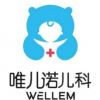During summer, children are highly vulnerable to the hand-foot-and-mouth disease (HFMD). What is the risk of HFMD? How to prevent the disease?
Onset of HFMD and Its Main Symptoms
HFMD mostly occurs in children under 5 years old. It gets its name from the appearance of blisters on the palms, soles and mouth (sometimes elbows, knees, buttocks as well).
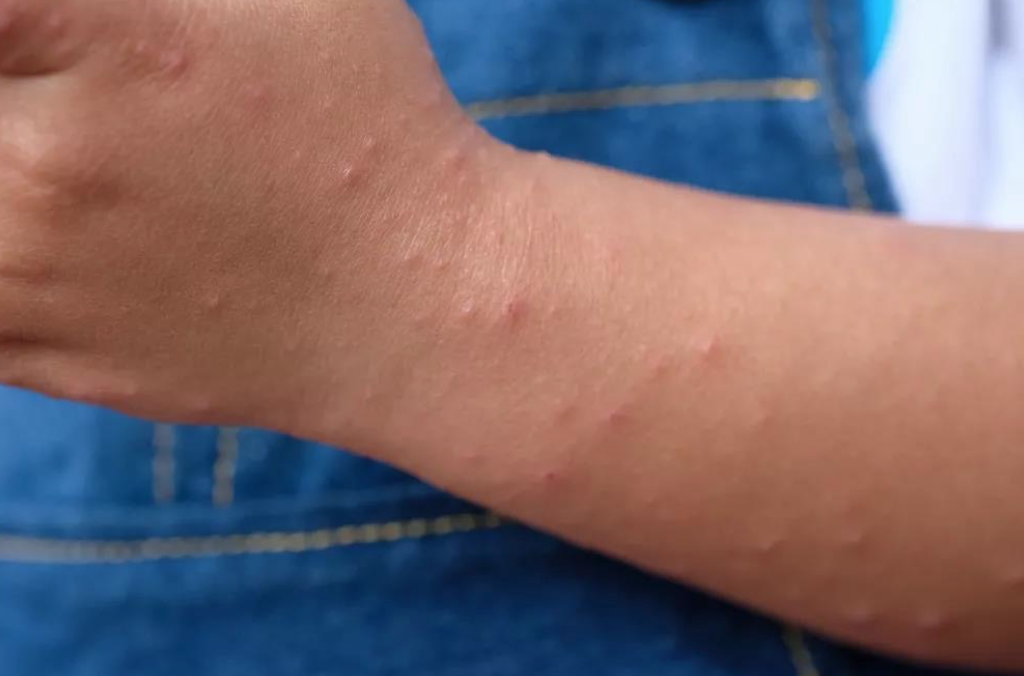
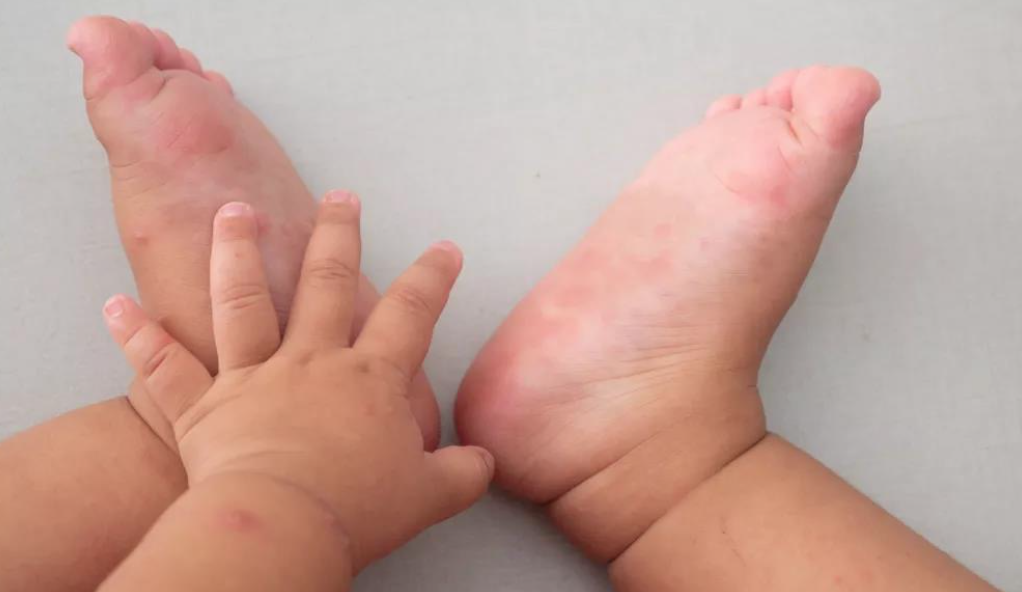
Fever is the main symptom. In addition, the blisters in the mouth will cause pain, affecting the baby’s appetite and the baby will drool.
How Is HFMD Transmitted?
HFMD is highly contagious, mainly through direct contact. Transmission can happen through shared items, body fluids, etc. For example, if the baby sucks his/her fingers after playing with contaminated toys; or if s/he is comes in close contact with an infected child; or s/he licks her/his hand after touching blisters, HFMD will be transmitted.
When a sick child sneezes, a healthy baby can also be infected after inhaling contaminated droplets from the respiratory tract.
Normally the child will only suffer some minor symptoms if being infected. If so, the child should rest at home. Caretakers should monitor the child’s body temperature, prevent the child from going out, provide soft and light diet, make sure the child drink plenty of water, and observe closely.
However, if any of the following symptoms occurs:
Continuous high fever
Persistent vomiting
Tremors
Difficulty in breathing
It is recommended to go to the hospital promptly. The main purpose of the visit is to rule out the possibility that brain damage, pulmonary edema or other critical illnesses has occurred.
What Are the Viruses that Cause HFMD? What Is the “New” HFMD Virus?
There are more than 20 viruses that can cause HFMD, including Coxsackie virus group A 4, 5, 6, 7, 9, 10, 16 and B group 1-3, 5, and some serotypes of Echovirus, Enterovirus 71, etc. Coxsackievirus type A16 (CV-A16) and enterovirus type 71 (EV71) are the most clinically common.
Recently, there is also a so-called “new” HFMD caused by Coxsackie virus type A6 (CV-A6) infection. Unlike other HFMD, the rash is widely distributed on the upper arm and thigh, accompanied by itching. Moreover, nails can possibly fall off. Nevertheless, its treatment is the same as that of other HFMD.
Can the HFMD Vaccine Cover So Many Viruses?
In early 2016, China launched the EV71 HFMD vaccine. The vaccine targets susceptible children of 6 months or older. The sooner the child receives the vaccination the better.
It is recommended that the vaccination process to be completed by 12 months of age in order to protect the child as early as possible. For children over 5 years old, vaccination is no longer recommended.
However, it should be noted that the EV71 vaccine can protect the child from EV71 virus infection, but it cannot prevent HFMD caused by other enterovirus infections.
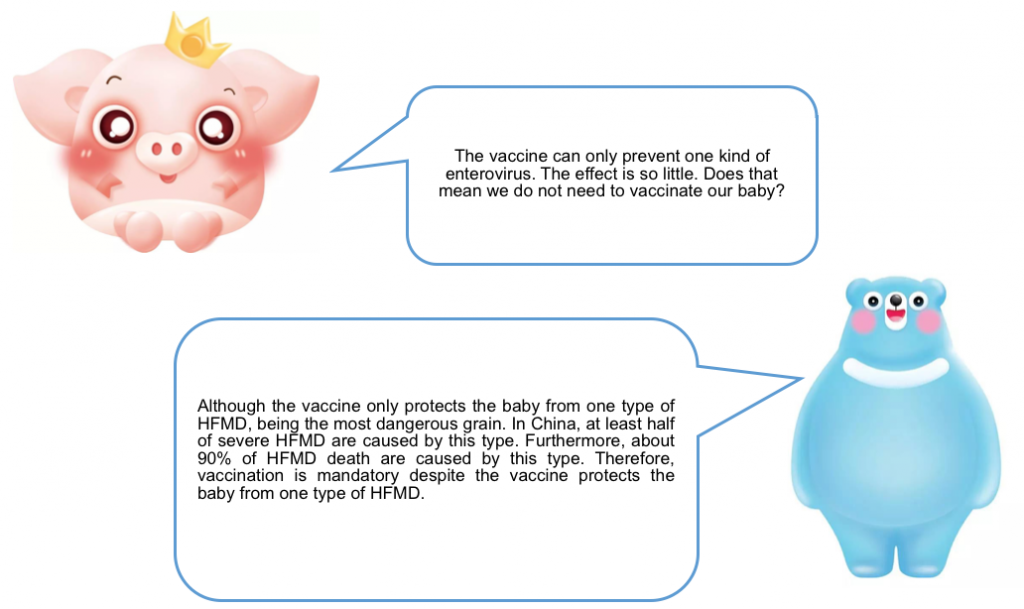
In addition to vaccination, other prevention methods include:
- Children should avoid sharing cups and towels, avoid crowded, unventilated places, and wash their hands after returning home.
- Adults will carry viruses, mostly asymptomatic but contagious, so after adults return home, they must wash their faces and hands before touching their children.
- Regularly dry the clothes under the sun and disinfect the toys.
We hope that every parent can do preventive work at home and vaccinate their children on time, so they can have a healthy and happy summer!
You can get HFMD vaccination at Wellem. If you are interested, please call 400-860-8055

Wellem is one of the leading paediatric brands which originated from the U.S, bringing the American concept of private medical treatment into China as well as following evidence-based medicine. We are dedicated in providing comprehensive medical service to children form 0-18 years old. Our services include Family Medicine, Optometry, Dental, Developmental and Behavioral Counselling, Child Psychology, Rehabilitation, TCM and more.
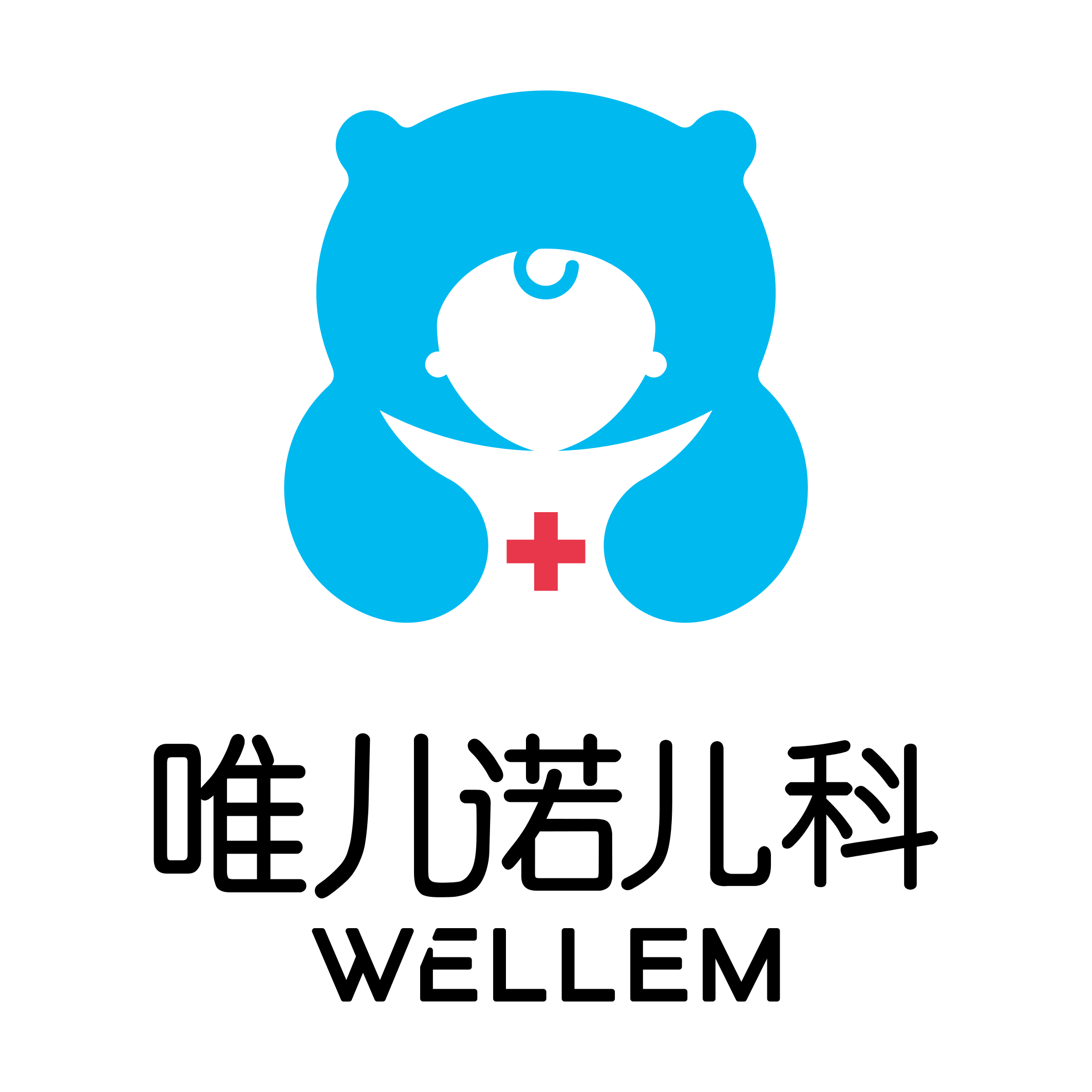
Wellem Clinic Network
Shanghai GuBei Clinic: No. 199 East Fugui Ave, Changning District, Shanghai
Shanghai XinTianDi Clinic: Room216, Building2, No.202 Hubin Rd, Huangpu District, Shanghai
Shanghai PuDong Clinic: Room 302, No. 66 HuaYuanShiQiao Rd, Pudong District, Shanghai
Shanghai JiaNing Clinic: 600 YanAn West Road, The Crest International 6th Floor, ChangNing District, Shanghai
Shanghai Jinqiao Clinic: 3rd Floor, Building 12, 3501 ZhangYang Road, Pudong District, Shanghai
Open Mon-Sun 9:00-18:00
For appointment: 400-860-8055

